Mohenjo-Daro
This lost city belongs to one of the earliest civilizations in the world.
Contemporaneous with Ancient Egypt and Mesopotamia, the Indus Valley Civilization was, as the name suggests, centered around the Indus River basin. However, little was known about this ancient culture until the 1920s, when a couple of long-buried cities were first excavated by modern archaeologists. One of these rediscovered sites was Mohenjo-Daro.
The name Mohenjo-Daro, meaning “Mound of the Dead Men,” is a modern one, as the original city was anything but. Spreading over an area of 300 hectares (about 750 acres) with a peak population of about 40,000, Mohenjo-Daro was one of the largest and most advanced cities in the world during its time. Laid out in a rectilinear grid and built out of baked bricks, the city featured a complex water management system, complete with a sophisticated drainage and covered sewer system, and baths in nearly every house. The original name of the city is forgotten, although one scholar speculates it may have been Kukkutarma, or “The City of the Cockerel” (a.k.a., Rooster City).
The uniform size of the manufactured bricks used to build Mohenjo-Daro, the discovery of standardized weights and measures used to facilitate trade, the considerable degree of civil engineering and urban planning evident in the city’s development, and the fact these characteristics are shared with other Indus-Sarasvati Valley sites (most notably Harappa, the first site to be excavated) suggest a highly organized civilization with bureaucratic coordination of things like construction and commerce.
Given that, it is perhaps puzzling to note that Mohenjo-Daro does not seem to feature any palaces, temples, monuments, or anything else indicative of a seat of governing power. The city’s largest structures are things like public baths (including one that had an underground furnace to heat the pools), assembly halls, a marketplace, ancient apartment buildings, and the aforementioned sewer system — all things that suggest an emphasis on an orderly, clean, and modest civil society.
Built around 2500 BCE, Mohenjo-Daro — like the rest of the Indus Valley Civilization — went into sudden decline for unknown reasons in 1900 BCE and was subsequently abandoned possibly because of the drying up of a major Sarawati River. After its rediscovery in the 1920s, a few decades of excavations were ultimately discovered to be exposing the ancient structures to considerably weather damage, and all further archaeological work on the site was halted in 1966; today, only salvage excavations, surface surveys, and conservation projects are allowed.
Community Contributors
Added by
Edited by
Plan Your Trip
The Atlas Obscura Podcast is Back!


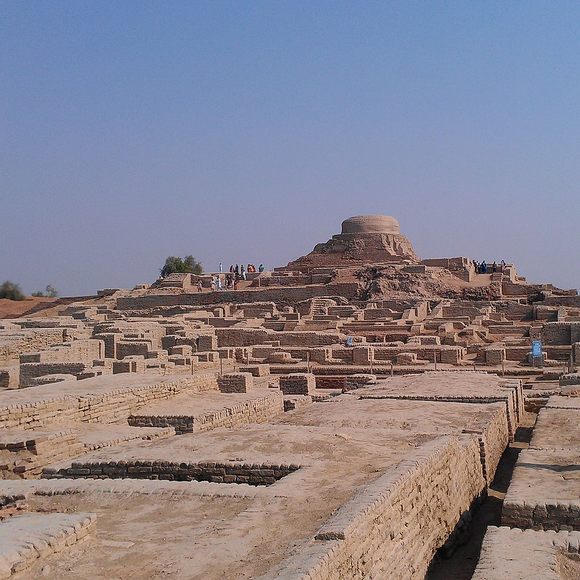


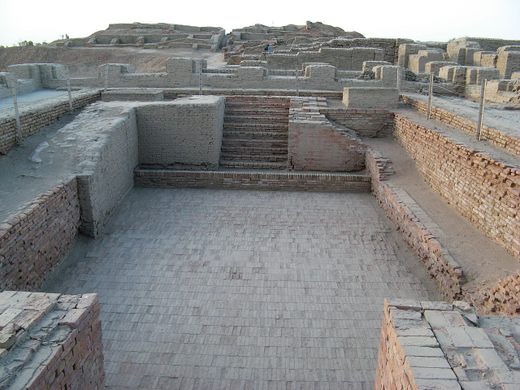
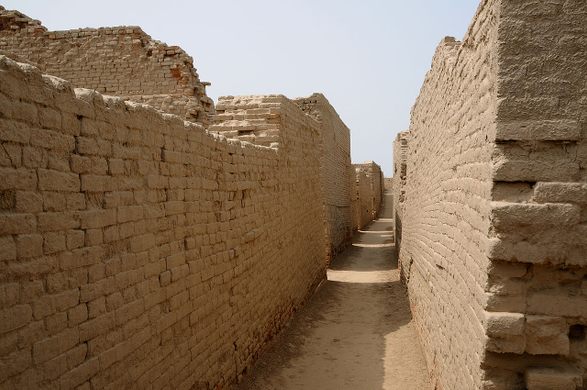

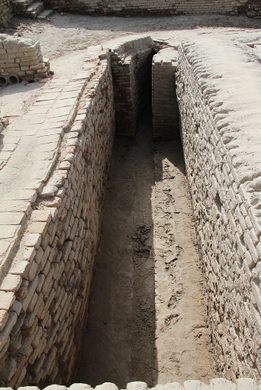


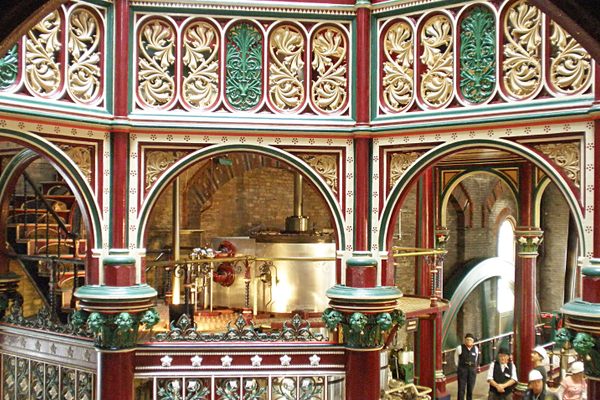









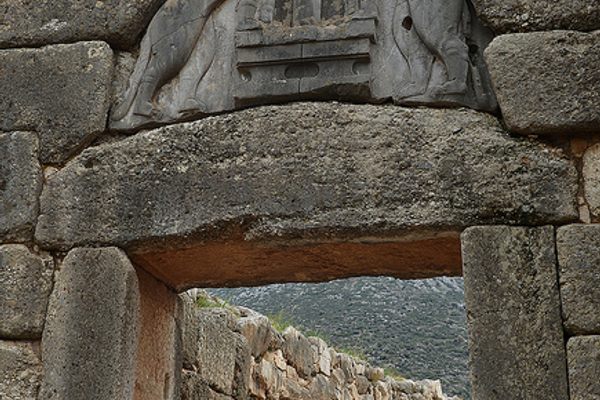
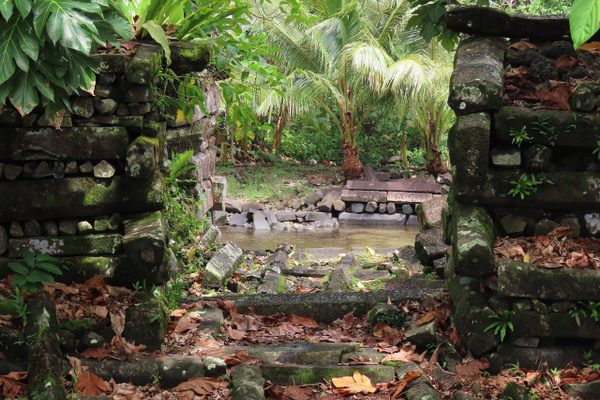
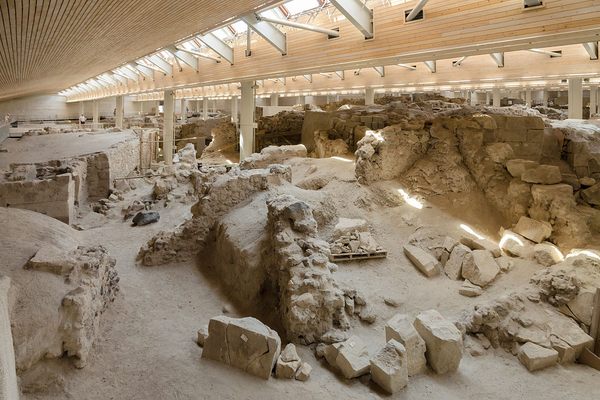

Follow us on Twitter to get the latest on the world's hidden wonders.
Like us on Facebook to get the latest on the world's hidden wonders.
Follow us on Twitter Like us on Facebook